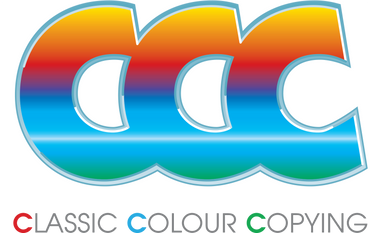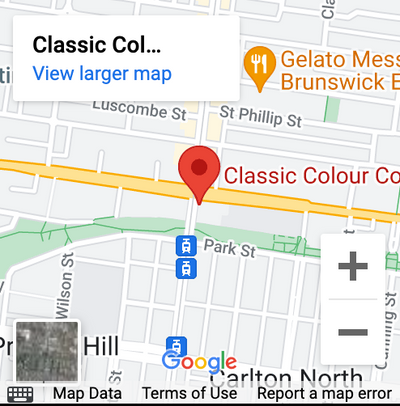Owning a professional business card that’s not only attractive, yet simple, but offers all the necessary information needed to either attract new customers or make valuable business connections is as important as being able to do the job well. Many business owners don’t realise the importance of owning a business card in the first place; often designing it on a whim or completely leaving it out of their marketing expenses.
Remember, your business card says plenty about who you are and what you do without having to say a word. Thus, you need to ensure that your business card printing and design can represent your brand to the fullest even when you’re not around.
Keep the following tips for designing a business card in mind in order to ensure value for money and a brand that can speak for itself; regardless of how far your business card travels without you.
Do:
1. Choose colour wisely.
Knowing how, where, and when to use colour in a business card design will determine the effectiveness of it. Although a pop of colour is quite attractive, you also don’t want to attract attention to the wrong element on your business card. Avoid a colour that will draw the attention away from your logo or contact details.
2. Opt for a professional look.
As much as we’d like to think that we don’t, humans judge each other on a daily basis. Your business card design is no different. In order to be taken seriously, you need to ensure that your business card design looks professional. Thus, stay clear of generic designs and hire a professional who can set your brand apart from the rest. Remember, first impressions really do count.
3. Add multiple contact details.
The whole purpose of having a business card is to be able to share your contact details easily. Thus, always include more than one way of being able to reach you. Some individuals prefer a more direct approach by using your phone number, others approach you in a subtle, more convenient way for them via email. The more, the merrier.
4. Keep it simple.
The last thing you want is to create confusion. Your business card design should contain your contact details, your name, business logo, and perhaps a quote. Too much information on a little piece of cardboard will result in added unnecessary costs and failure to recognise the important details.
Don’t:
1. Use a ‘backyard’ printer.
You have to ensure that your business card printing is done by professionals who know exactly what they’re doing. Remember, custom business card printing requires an eye for detail and knowledge of business card printing style and paper options. The font needs to be readable and printed with perfection, seeing as your brand reputation is priceless.
Need custom business card printing in Melbourne? Request a quote here.
2. Go anywhere without a business card.
Never leave home or the office without a few business cards in your pocket. You never know when you’ll bum into a potential client or even a valuable business contact. Thus, exchanging contact details in a professional manner is the first step to starting a business relationship worth pursuing. Never trust a businessman/woman without a business card.
3. Choose a complex font.
Ensure that your contact details are easy to read by choosing a font that prints well. There may be times when you want to come across as fancy, but choosing a frilly font on a business card design is a big no-no. Avoid losing a potential client by choosing simplicity over fancy.
4. Be average and boring.
You want to be memorable, which is why average simply won’t do. Keep it simple and professional, but don’t be afraid to add quality finishing touches such as foil blocking or metallic ink. Pay attention to the details in order to stand out from the crowd.
When searching for various business card design ideas, it’s important to know what not to do as much as what you definitely should do – ensuring that you don’t make costly mistakes that may cost you a potential client or professional contact. Remember, as the face of your business when you’re not around, your business card design should speak a thousand words without too many details.
“The purpose of a business card is to create a customer who creates customers.” – Shiv Singh.





